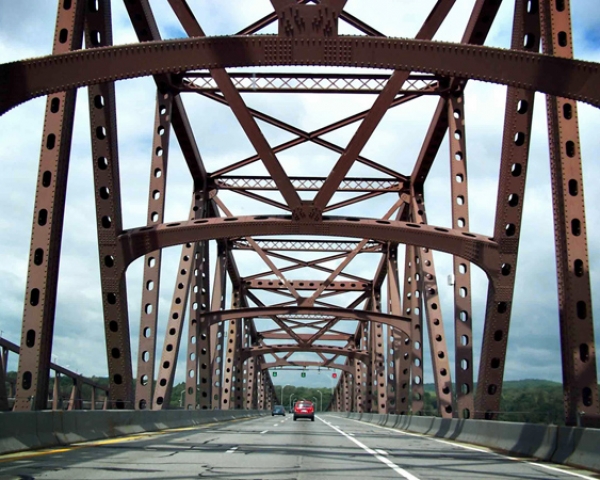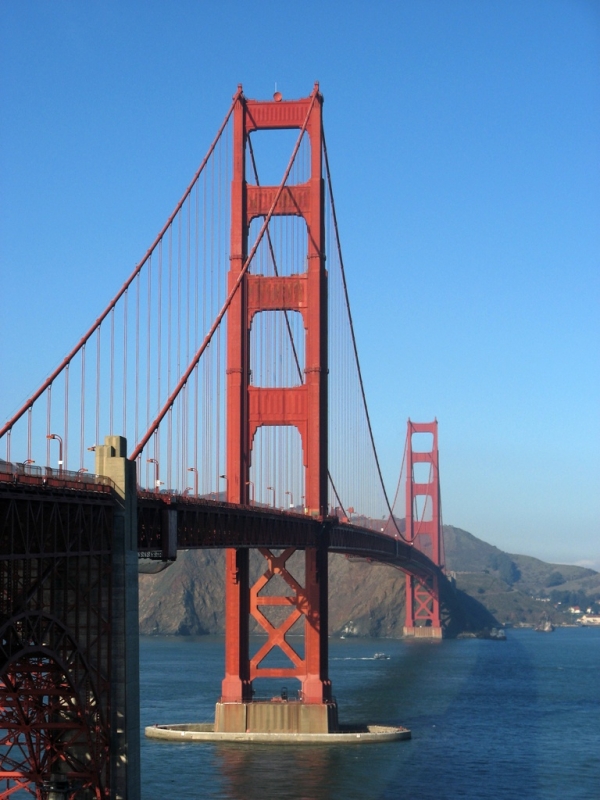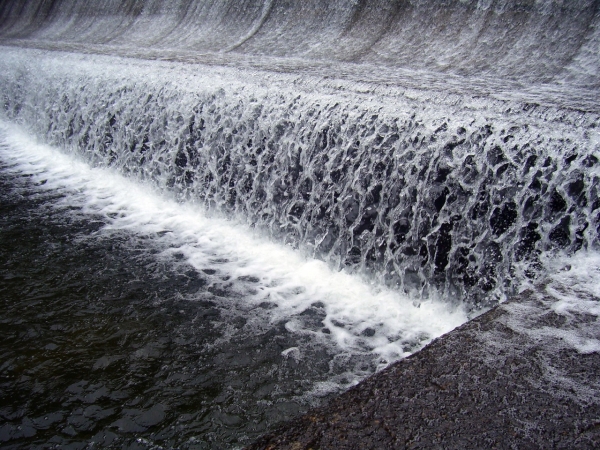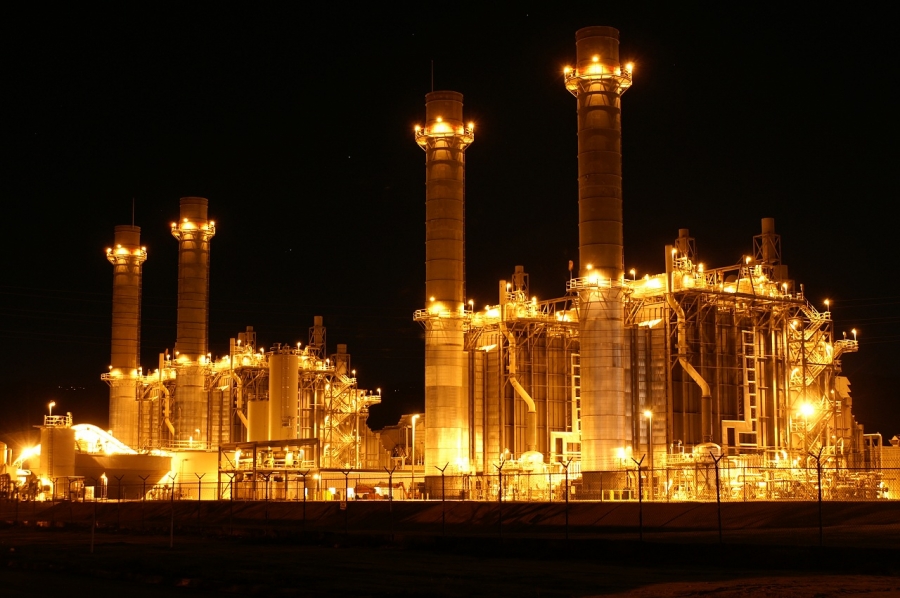Hazardous Waste: U.S. Infrastructure
The American Society of Civil Engineers (ASCE) assigned the United States’ Hazardous Waste infrastructure a grade of “D” on their 2009 Report Card for America’s Infrastructure. Why? Too many sites, not enough attention to them, and reduced funding, to name a few.
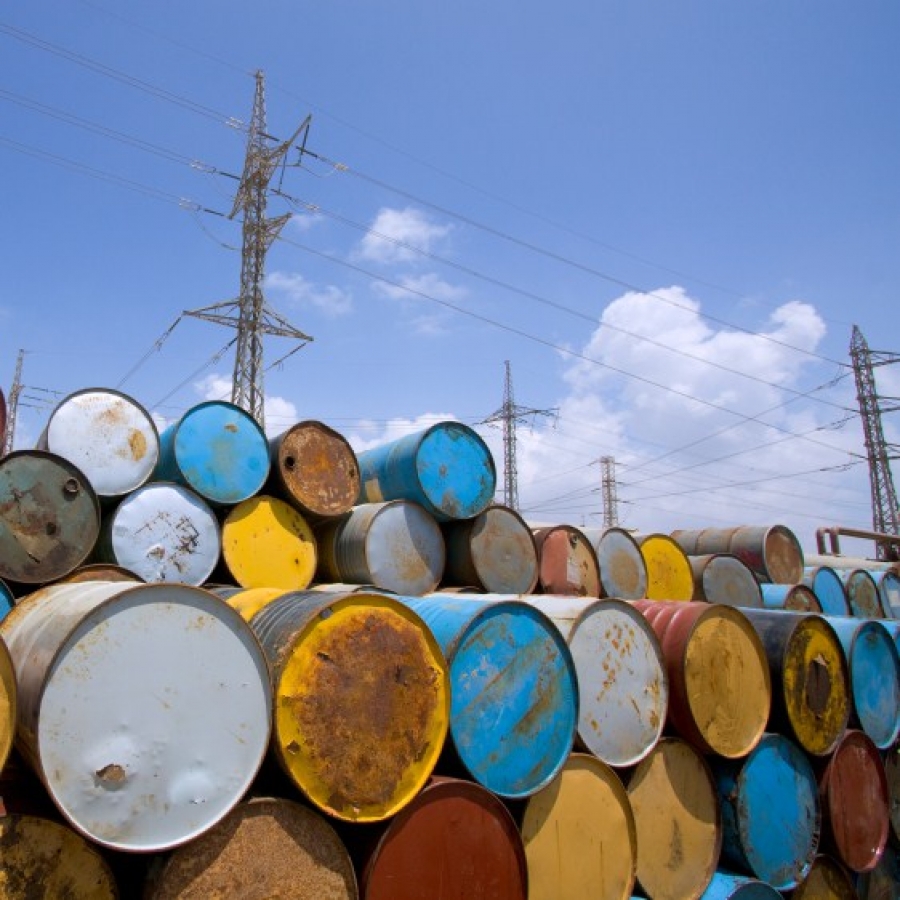
U.S. Infrastructure Series
U.S. Infrastructure - Obvious But Unnoticed
Three Square Miles Of Concrete
A Bridge To Everywhere
It's About Dam Time!
We Might Have A Drinking Problem
Watts it Matter to You? Electricity Generation, Transmission, and Distribution
Seven deer stood between us and the Rocky Mountains and watched our car speed north. The dip of the South Platte valley was evident to the west; Stapleton Airport lay to the south; endless prairies stretched out to the east and north. As we drove on we met a tanker truck headed south with the words “Phosgene Gas” on the side. I didn’t know what that was, but it sounded awful.
Thus was my introduction to the Rocky Mountain Arsenal in 1979. This idyllic rural setting seemed a sportsman’s or hiker’s paradise. Yet only 20 feet below, a toxic brew threatened both humans and biota.
From 1942 through the end of World War II, and even as late at 1982, the production of incendiary and chemical weapons, other military chemicals, and eventually industrial and agricultural chemicals resulted in both solid and liquid waste. The solid waste was buried and the liquid wastes were pumped into different ponds and left there. By 1954 a plume of waste had penetrated to groundwater and migrated off the Arsenal to the shallow wells of neighboring farmers and ranchers. The government began attempts to control the contamination. Many liquid wastes of diverse formulations were pumped to a new asphalt-lined pond. Before long this pond also leaked, and “water” with 17% total dissolved solids from many different manufacturing processes continued to contaminate the soil and water.
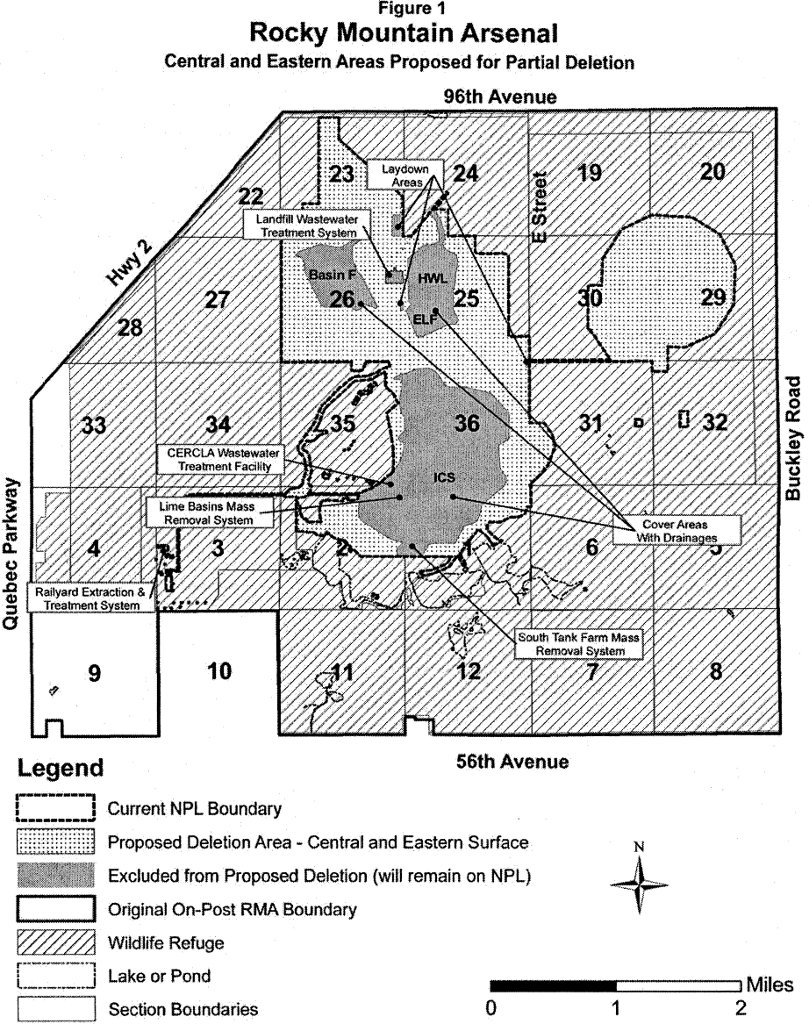
Before Love Canal, before Times Beach, before the Valley of the Drums, before CERCLA, Americans had dumped hazardous wastes on the land, either not realizing the harm being done or not caring. Yet as soon as we understood the dangers we began cleaning up after ourselves. The 1980s gave great headlines and emphasis to hazardous waste. A nation demanded action, and Congress passed the Comprehensive Environmental Response, Compensation, and Liability Act (CERCLA) in 1980 and toughened it in 1986 with the Superfund Amendments and Reauthorization Act. Funding followed the legislation, and America was on a clean-up kick.
CERCLA and its National Priorities List (NPL) are together known as Superfund. As the cleanup effort got rolling, sites where wastes had been improperly disposed of were identified, categorized as to the severity of the pollution occurring, and put on the NPL. From 1981 to 2005 the federal government poured $29 billion into the effort.
The ASCE’s Report Card for America’s Infrastructure states that the problem is too many sites and not enough attention to them. The NPL, as of July 13, 2010, includes 1,277 sites, 61 proposed sites, 343 deleted sites, and 1,084 sites with completed construction. Is that an impressive record for almost 30 years of effort and expenditure? Annual funding for cleanups is down by 50% from its peak, and ASCE reports that almost 10,000 other sites are awaiting evaluation as possible Superfund priority sites.
Hazardous waste has, it seems, dropped off the public’s radar as an important environmental issue, and Congress has followed the public. In the 1980s and 1990s many news stories brought the dangers of improperly disposed of hazardous waste into our living rooms. But now? Hazardous waste seems to be a non-story. Only the recent oil spill in the Gulf of Mexico has captured any attention. Does the lack of public interest mean that progress has been lacking in cleaning up hazardous waste sites? Or has the clean-up been going on despite the lack of news and interest? Is the public’s loss of interest due to seeing no progress or perhaps to not realizing the benefits of hazardous waste cleanup?
One great benefit—and challenge—is brownfields, which the EPA defines as “real property, the expansion, redevelopment, or reuse of which may be complicated by the presence or potential presence of a hazardous substance, pollutant, or contaminant.” Some of these have only a small amount of pollution—perhaps not even hazardous waste—that can be cleaned up relatively easily and inexpensively. These sites can then be used for almost anything land can be used for. Benefits of the EPA’s Brownfields Program include job creation; increased property values (and hence property taxes); improved stormwater runoff quality; and locating jobs closer to where people live, thus reducing commuting distance and its footprint. While that is impressive, the sobering fact is that the EPA estimates as many as 450,000 brownfields exist in the U.S. awaiting cleanup, up by 100,000 since 2004.
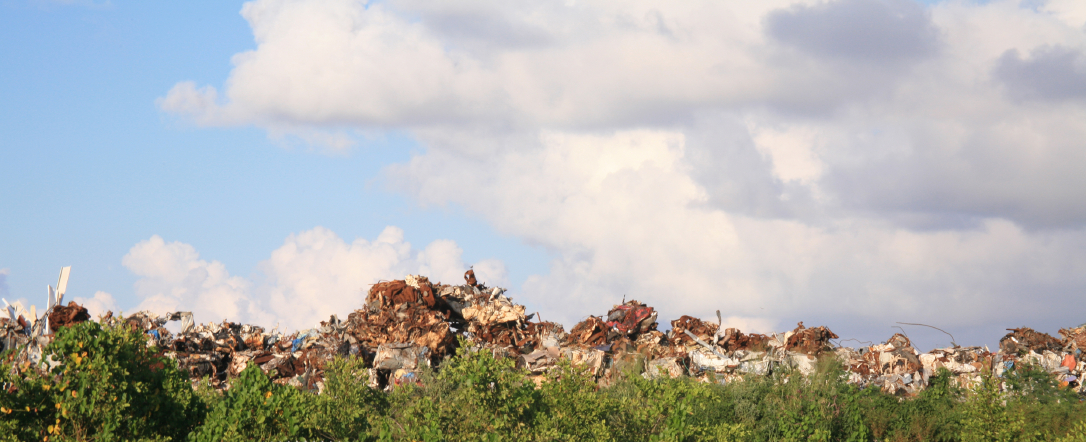
Many hazardous waste sites are worse than brownfields and require extensive cleanup of soil and groundwater. This has resulted in the development and assessment of new technologies for the cleanup of soil in place, eliminating costly excavation, handling, and backfill. However, unless the groundwater is static, the pollution will move offsite. The Rocky Mountain Arsenal is a perfect example of this. Groundwater directly beneath the waste storage ponds was contaminated, then it moved, and in a mere 12 years it was polluting the shallow wells of the Arsenal’s neighbors. The situation became dangerous in a hurry.
Early efforts first located the plumes of contamination then characterized the nature of the pollutants. This was the easy part. The sources of the pollution were located and characterized. At that point a total of 165 “possibly polluted” areas were identified, covering four square miles of the 27 square mile Arsenal property. This did not include offsite areas. An early plan was to contain contaminated groundwater by constructing clay slurry walls at the Arsenal boundaries where known plume migration was occurring. This was implemented. Groundwater was stopped at the boundary, pumped out of the ground, treated with activated carbon, and reinjected down-gradient of the slurry walls. Three such treatment systems have been built and have been successful. Since 1993 the off-site groundwater has improved to the point where contamination has been below all regulatory levels.
Efforts to eliminate the source of the pollution have also proved successful. In 2003, 2004, and 2006, the EPA was able to “de-list” portions of the site. The de-listing was in part based on contaminated soils having been excavated and placed in an on-site, state-of-the-art hazardous waste landfill. Much of the Arsenal property is now a wildlife refuge.
In the June 17, 2010 Federal Register, the EPA published its intent to further de-list some of the Arsenal. The story of the contamination and cleanup is laid out in bland government-speak but tells of intense effort, reasonable progress, dollars spent, and much more to be done. Major portions of the site remain on the NPL. Total cleanup costs are now expected to be $2.2 billion.
The story of the Rocky Mountain Arsenal is the story of America’s hazardous waste infrastructure: carelessness and ignorance about manufacturing wastes and a late understanding of the danger preceding a slow and careful approach. It has been difficult to clean up and ridiculously expensive, taking much too long to accomplish. Truly the “D” grade is well deserved.

David A. Todd
A senior engineer and corporate trainer of engineering for CEI Engineering Associates, Inc. David has 36 years of experience as a consulting civil engineer. His experience includes water, wastewater, stormwater, roads, and solid waste infrastructure. For much of the last 20 years he has been involved with stormwater issues. Specifications and construction administration have been a specialty of his within civil consulting engineering . He has BS and MS degrees in Civil Engineering, is a registered engineer in four states, and a Certified Professional in Erosion and Sediment Control.

